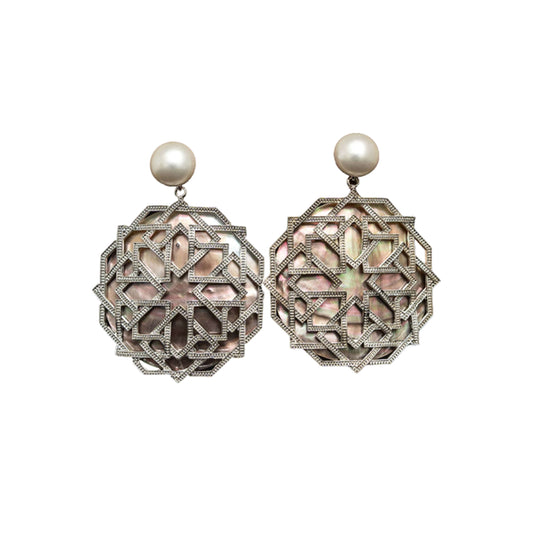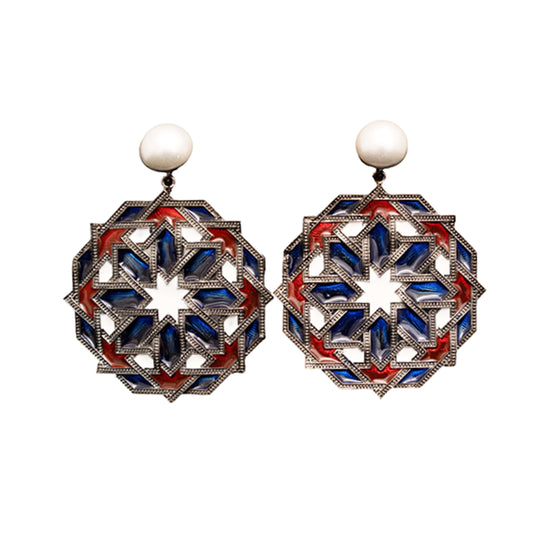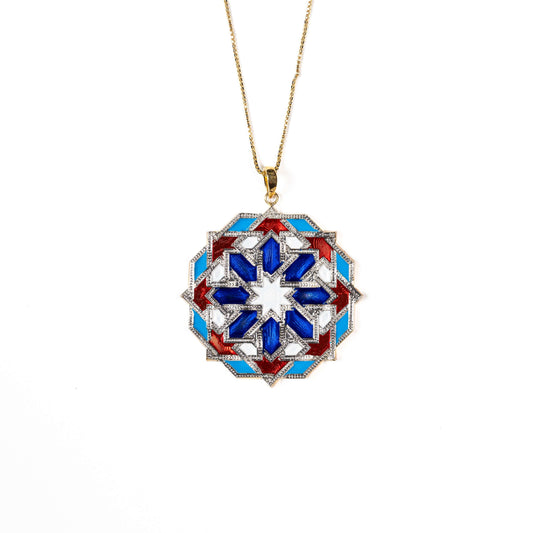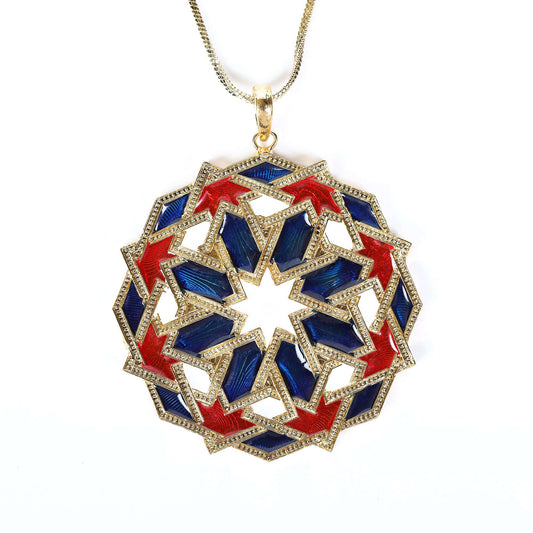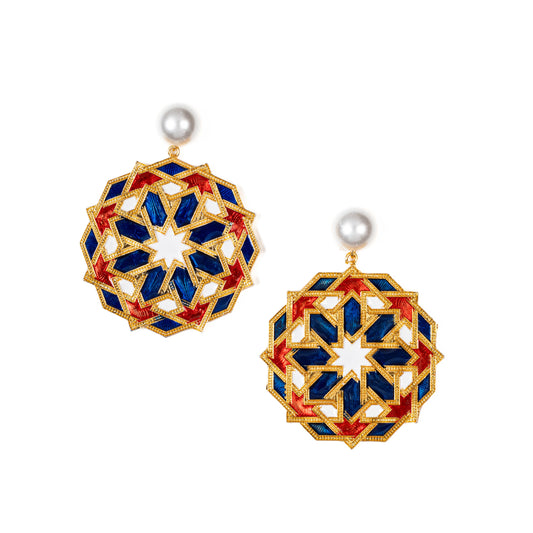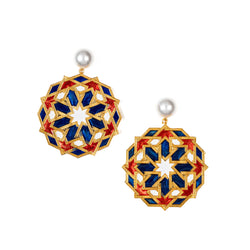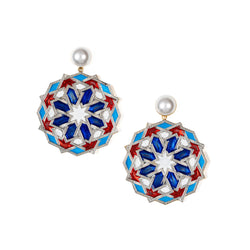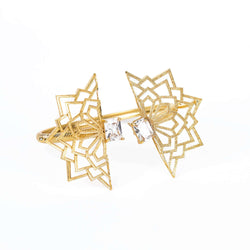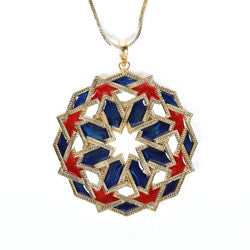In the constantly changing realm of fashion jewelry, the pendulum has not yet stopped swinging between two different aesthetics - minimalism and maximalism. While minimalist jewelry is just about subtlety, clean lines, and soft elegance, maximalist designs go to the extreme of boldness, drama, and they are never shy about their self-expression. Together, they are a vibrant spectrum that allows modern consumers to explore identity, culture, and creativity—sometimes within a single look. Designer Nainika Sarda, whose work gives a detailed interpretation of both sides of the fashion jewelry spectrum, is leading this dynamic interplay.
The Evolving Spectrum: Minimalism vs. Maximalism in Jewlery
Minimalist jewellery was initially a trend that was born as a reaction to the overabundance of the previous decades. Its main features included delicate chains, geometric forms, and scarcely-there embellishments which were able to reflect a modern, stripped-down sensibility. This look attracts those who are after quiet luxury—pieces that convince the consumer through craftsmanship and simplicity rather than loud statements. At the other end of the spectrum, maximalism takes over the decoration with a mix of wild textures, stones, and symbolism. Maximalist jewellery is simply not something that is put on—the person who wears it acts it out.
Nainika Sarda is the one who has made this gap so small. She is trained in traditional methods and is motivated by the new art and architecture. Her collections stretch from hardly complicated to quite boldly sculptural like mandala art pendants. The thing that makes her different from others is that she can find the sense in both minimalist and maximalist pieces and turn an accessory into a narration of the story.
Nainika Sarda: Bridging Aesthetics with Meaning
Minimalist designs of hers, which were, in fact, unexpected details—faint textures, asymmetrical cuts, or secret patterns—made fans of a more thoughtful and restrained approach. On the other hand, her maximalist ranges did not shy away from using power but were still well contained and not confusing. Imagine the following: fashion jewelry pendants, massive bracelets, which were inspired by old armors, large earrings, full of semi-precious stones, and the statement rings that create the image of the past and the local culture.
Sarda’s body of work reflects her sincere reverence for India’s exquisite craftsmanship of jewelry which is deeply steeped in tradition but at the same time, she has managed to take them into new, modern markets. Her skill of fusing traditional elements with contemporary innovation enables her to satisfy the various needs of different wearers—from the urban minimalist who prefers a sleek gold ear cuff, to the statement-seeker who dons oversized enameled necklaces.
Jewlery as Personal Expression and Fluid Identity
In several interviews, Nainika Sarda has been repeatedly stating that jewelry is nothing but a reflection of the inner self. "The things we wear show what we want to communicate," she says, "and sometimes that language changes." This viewpoint recognizes that fashion is not a fixed thing. One person may be more inclined towards minimalism during the day but then decides to go for the glamour of maximalism in the evening. Her collections thus give this energy free rein.
As fashion continues to open itself up and become more expressive, the gap between the minimalist and the maximalist jewelry is narrowing to a point where they no longer seem like the opposite but rather the same. Designers like Nainika Sarda are aware that the present-day style is all about options, moods, and stories. Her creations give the wearers the possibility of wandering forth over the entire gamut—mixing, layering, and curating their personal equilibrium between the discreet and the striking.
Nowadays fashion jewelry is no longer perceived just as an accessory but as a reflection of one's character and among the great minds of the jewelry designers such as Nainika Sarda, it turns into a vessel art, passion, and liberation of the entire minimalist-maximalist spectrum.
